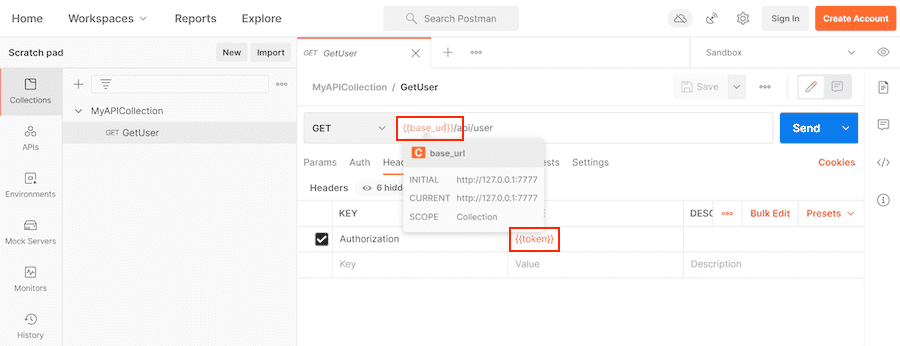

- #IDENTITY API SCOPE APPROVAL UI MACOS FULL VERSION#
- #IDENTITY API SCOPE APPROVAL UI MACOS UPDATE#
- #IDENTITY API SCOPE APPROVAL UI MACOS CODE#
If the roles are assignable to both, checking roles will let apps sign in as users and users to sign in as apps. Users can also use roles claims in user assignment patterns, as shown in How to: Add app roles in your application and receive them in the token. Accepting app-only tokens if the web API should be called only by daemon apps
#IDENTITY API SCOPE APPROVAL UI MACOS FULL VERSION#
You can also declare these required scopes in the configuration, and reference the configuration key:įor instance if, in the appsettings.json you have the following configuration: ' or was not found"įor a full version of ValidateAppRole for ASP.NET Core, see RolesRequiredHttpContextExtensions.cs code. Verify the scopes on a controller action with scopes defined in configuration / The web API will accept only tokens that have the `access_as_user` scope forĬonst string scopeRequiredByApi = "access_as_user"
#IDENTITY API SCOPE APPROVAL UI MACOS CODE#
The following code snippet shows the usage of the attribute with hardcoded scopes. Verify the scopes on a controller action with hardcoded scopes One that takes the required scopes directly, and one that takes a key to the configuration. You can verify the scopes in the controller action by using the attribute. Verify the scopes on each controller action You can also verify them at the level of the controller or for the whole application. In ASP.NET Core, you can use to verify scopes in each controller action. For more information, see Code configuration | Bearer token. If a client app calls your API on behalf of a user, the API needs to request a bearer token that has specific scopes for the API.

Verify scopes in APIs called on behalf of users

#IDENTITY API SCOPE APPROVAL UI MACOS UPDATE#
When the user creates a ticket and clicks on the button update the status will be 2 or 6 depending on the page.


 0 kommentar(er)
0 kommentar(er)
